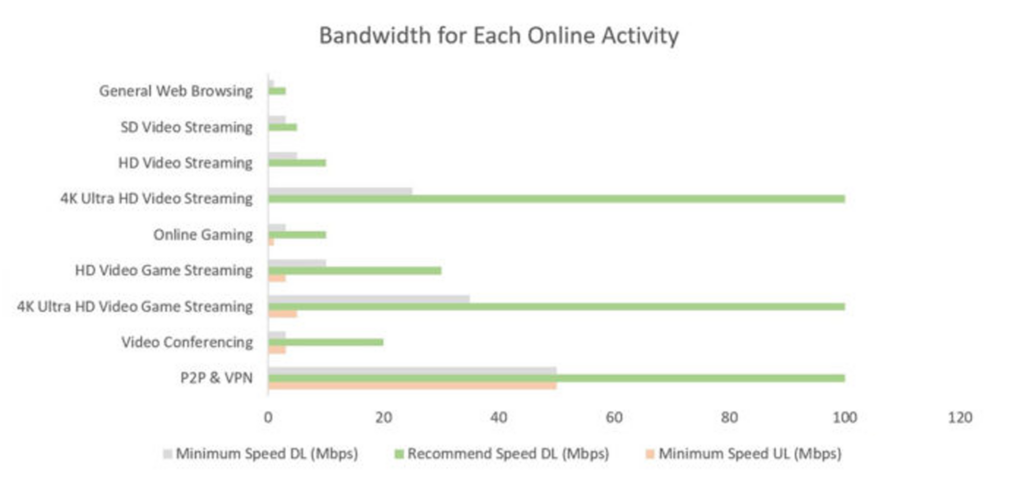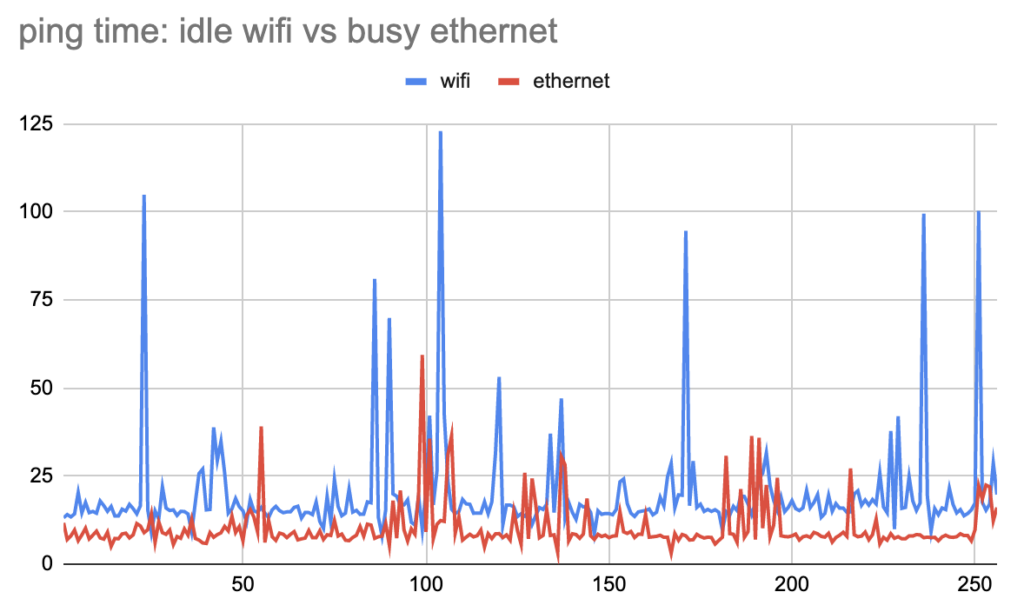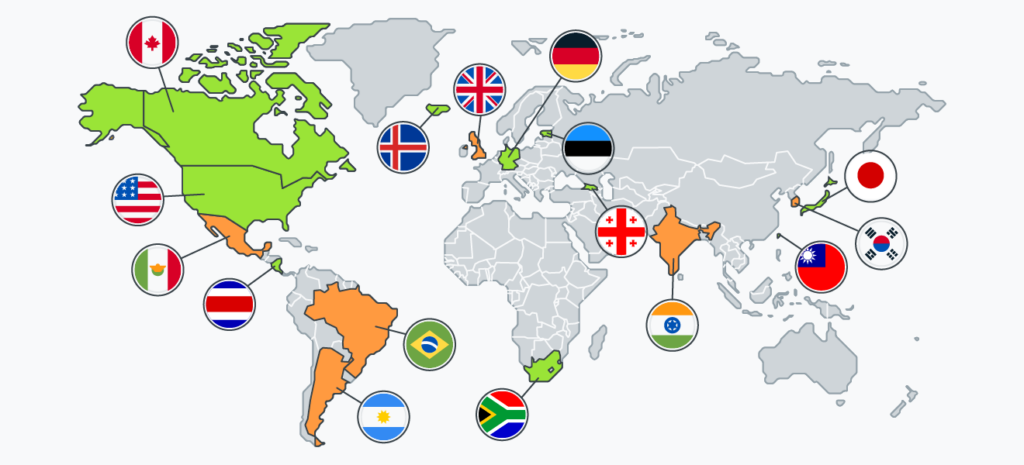A slow internet connection can completely ruin your gaming experience with lag, high ping, and frustrating disconnects. Whether you’re playing competitive shooters or exploring massive multiplayer worlds, a fast and stable connection is essential. In this guide, we’ll show you how to optimize your router, tweak network settings, and improve your overall internet setup to ensure the best gaming experience.
1. Choose the Right Internet Plan
Before adjusting any settings, make sure your internet plan is suitable for gaming. Ideally, you should have at least:
- 30 Mbps download speed for stable online play.
- 10 Mbps upload speed to ensure smooth communication with game servers.
- Low latency (ping) below 50ms for the best performance.
If you experience frequent lag, consider upgrading to a faster plan from your ISP.

2. Use a Wired Connection Instead of Wi-Fi
An Ethernet connection is always better for gaming than Wi-Fi because it provides:
- Lower latency (faster response times).
- More stable connection with fewer drops.
- Faster speeds without interference..
If you must use Wi-Fi:
- Connect to the 5GHz band instead of 2.4GHz for lower congestion.
- Place your router in an open space, away from walls and electronic devices.
- Reduce interference by minimizing the number of connected devices.

3. Optimize Your Router Settings
Enable QoS (Quality of Service)
Most modern routers have a QoS feature that lets you prioritize gaming traffic over streaming, downloads, or other activities.
Turn on Gaming Mode
Some gaming routers have a built-in Gaming Mode that automatically optimizes network traffic for lower latency.
Use Port Forwarding
Setting up port forwarding ensures game data reaches your PC or console efficiently, reducing delays. Check your game’s official website for the required ports and configure them in your router settings.

4. Reduce Network Congestion
Limit Background Apps
Close unnecessary applications that consume bandwidth, such as:
- Streaming services (Netflix, YouTube, Twitch)
- Cloud backups (Google Drive, OneDrive)
- Large file downloads
Schedule Updates for Off-Peak Hours
Set system and game updates to run at night to avoid slowing down your connection during gaming sessions.
5. Upgrade Your Router & Modem
If your router is more than 3-4 years old, upgrading to a modern Wi-Fi 6 or Wi-Fi 6E router can significantly improve speed and reduce lag.
- Look for gaming routers with advanced traffic management.
- Ensure your ISP modem supports high-speed internet to prevent bottlenecks.

6. Use a Gaming VPN (With Caution)
A Gaming VPN can sometimes reduce ping by routing traffic through optimized gaming servers. However, use it only if your connection suffers from:
- Regional slowdowns affecting server performance.
- ISP throttling that limits your gaming speeds.

Conclusion
A smooth gaming experience depends on a fast and stable internet connection. By optimizing your router, using a wired connection, and reducing background network usage, you can minimize lag and enjoy seamless gameplay. Start implementing these tips today and take your online gaming to the next level!
